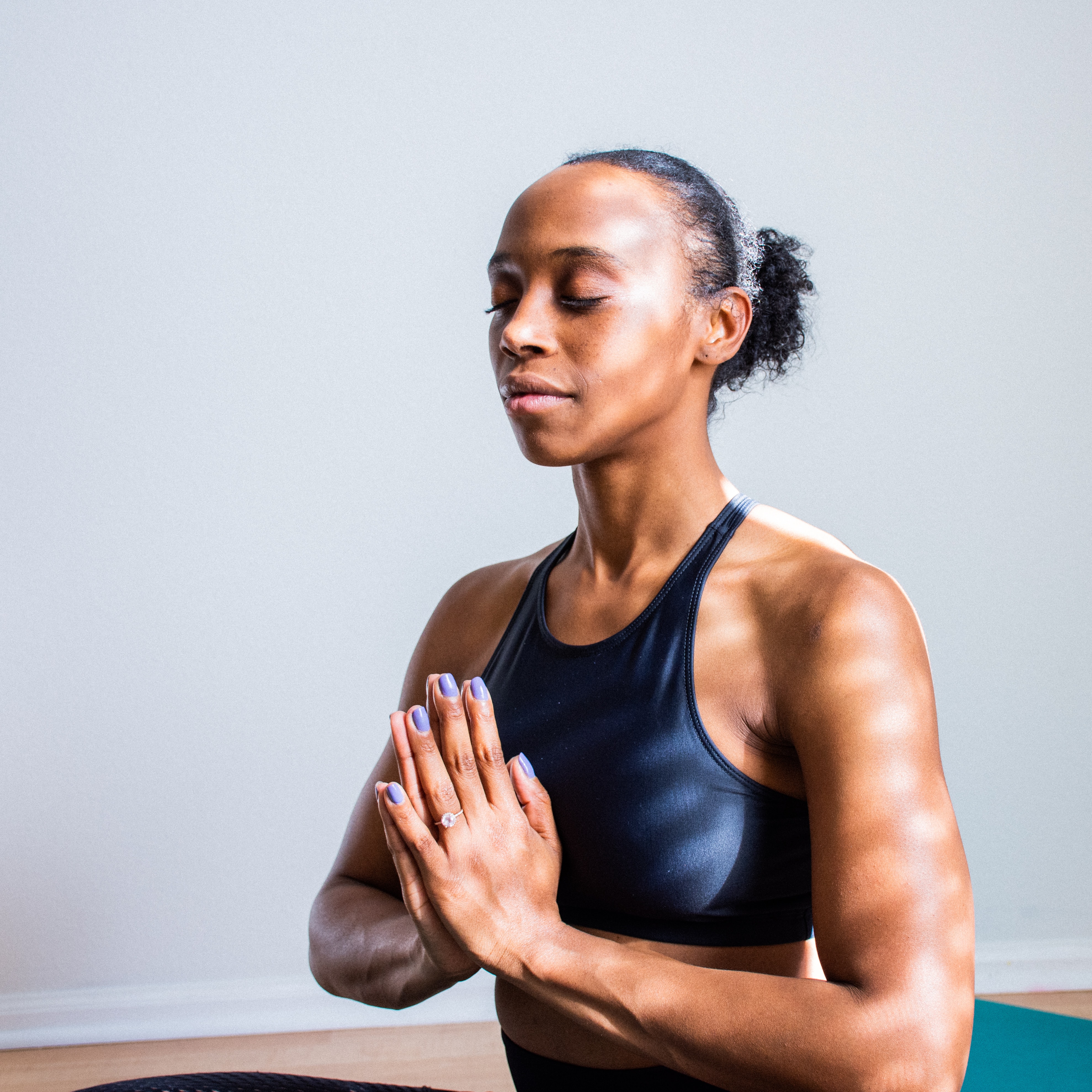The ancient 3,000 year old tradition of yoga has been heralded as good medicine for the body. Multiple studies show that yoga helps to regulate blood glucose levels, improve muscle skeletal ailments, moderate the nervous system and regulate the cardiovascular system. The pace is slow and steady, and the poses are easy. Kundalini yoga blends several basics that work directly on physical vitality and increased consciousness: stretching, body poses, controlled breathing, focused attention, mental awareness and the meditative process.
The basic technique is to stretch and concentrate on holding different postures as you control your breathing. This practice draws you away from ruminating thoughts and worries as you move through poses with names like cobra, archer or cat cow that require balance and concentration. Staying focused on your body and breath gives your linear brain a long overdue break. After just one session, it’s possible to come away with a quieter mind, lighter feeling, refreshed and clearheaded.
The New Study
But how effective is yoga in improving mental health, specifically in lowering generalized anxiety disorder (GAD), a condition with chronic nervousness and worry. GAD is common, impairing and under treated. Although many patients with GAD seek complementary and alternative interventions, including yoga, data supporting yoga’s efficacy or how it compares to first-line treatments such as cognitive behavioral therapy (CBT)—a therapeutic approach that helps patients identify and re-frame negative thinking—are lacking.
A new study at New York University Grossman School of Medicine randomly assigned 226 adults, diagnosed with GAD, to one of three study groups. The goal of the study was to determine whether Kundalini yoga (93 participants) and CBT (90 participants) are each more effective than a control group that included stress education (43 participants) and whether yoga is as effective as CBT for the treatment of GAD. After three months, the 12-week intervention showed that yoga significantly reduces GAD in adults. Groups with either Kundalini yoga or CBT treatment were more effective than stress education, but CBT was more effective than Kundalini yoga. Fully 54% of those who practiced yoga met response criteria for meaningfully improved symptoms compared to 33% in the stress-education group. Of those treated with CBT, 71% met these symptom improvement criteria.The investigators concluded that, although yoga is effective for GAD, CBT remains the gold standard treatment.
Implications Of This Study
According to the Anxiety And Depression Association Of America, GAD is a common condition affecting 6.8 million adults or 3.1% of the U.S. population every year. People with GAD might anticipate disaster or be overly concerned about money, career or other issues. The disorder causes unwarranted concerns when there is no apparent evidence for concern. Unfortunately, many sufferers are reluctant or unable to access evidence-based treatments, and many adults are unwilling to take medications for the disorder.
The new study builds a science to suggest that the popular, available and inexpensive practice of yoga may be helpful to treat anxiety in adults. And with regular practice, it possibly can help reduce work woes. According to the lead researcher, Dr. Naomi Simon, professor in the Department of Psychiatry at New York University’s Langone Health, “Our findings demonstrate that yoga, which is safe and widely available, can improve symptoms for some people with this disorder and could be a valuable tool in an overall treatment plan.”
Reference
Simon, N.A. et al. (2020). Efficacy of yoga vs cognitive behavioral therapy vs stress education for the treatment of generalized anxiety disorder: A randomized clinical trial. JAMA Psychiatry, 2020 DOI: 10.1001/jamapsychiatry.2020.2496


